Checkers & Game Rules
ABOUT THE GAME
The fascinating game of Checkers includes three fascinating ways to play: regular checkers, the new Coast-to-Coast race game, and the breath-taking Stack’Em version where jumps result in stacks of checkers.
- Standard Checkers
- Coast to Coast Checkers
- Stack'em Checkers
Chess'n'Boards carry chekers made of wood or camelbone as well as in board combinations or i conbinations with other games like Chess and Backgamon.
STANDARD CHECKERS RULES
Object
The object of the game is to be the last player standing. A player wins the game when his opponent can no longer make a move. This happens when all his opponent’s pieces have been captured or when all of his opponent’s pieces are blocked in.
Set up
Each player begins with 12 pieces placed on the game board as shown. The board consists of 64 squares, alternating between 32 black and 32 white squares. Position it so that each player has a white square on the closest right side corner.

How to Play
Black moves first. Players then alternate moves. Moves are allowed only on the black squares; pieces only move diagonally forward toward the opponent. However, Kings, as you’ll see, can also move backwards. A piece may only move one square unless it is making a jump.
Jumping
A piece makes a jump by diagonally leaping over one of the opponent’s pieces and landing on the empty space on the other side (there must be an empty space to land on). Multiple jumps are allowed on a single turn. When a piece is jumped (“captured”), it is removed from the board and is now out of play.
A player must make a jump if one presents itself. This is not an option. You must jump if you can and keep jumping if you have the opportunity. If you have more than one piece that can make a jump, you can decide which one to move on your turn.

Kings
When a piece reaches a space in the row on the opposite side of the board, its player stacks up with extra piece to make it distinct. It is now a King! Kings are more powerful than pieces because they can move diagonally forward and backwards. Kings may combine jumps in several directions–forward and backward–on the same turn.

Winning
A player wins the game when the opponent cannot make a move. Usually, this is because all of the opponent’s pieces have been captured, but sometimes it is because the opponent has no space to move onto (he is “blocked” from moving).
COAST TO COAST CHECKERS RULES
Equipment
Twelve pieces for each player. Use the black & white side of the game board; the opposite corners (marked with a “crown”) are “home” spaces.
Object of the Game:
To move all twelve of your pieces to the opponent’s home space, promote them to Kings, and then race back to your own home space (a King is removed from the board as soon as it reaches its own home). The first player to get all 12 of his pieces home and off the board wins the game.
Set up
Place your pieces on the spaces shown in the diagram and the board turned “diamond-wise” between both players.

How to play
Black moves first. Players take turns moving one checker per turn. A piece can move one space sideways, forward, or diagonally towards the opposing home space. It CANNOT move backwards towards it own home space. 
Jumping
A piece can jump, often many times on a turn, as shown in the diagram above. In this example, the black piece has jumped over six pieces. A piece may jump if desired; it is not required to make a jump. A piece may jump over any other piece – regardless of color–provided an empty space lies opposite. (Pieces are NOT removed after being jumped.) A checker MAY NOT combine a move and jumps on the same turn. It may either move one space, or make one or more jumps.
King me
Once a piece reaches the opponent’s home space, make it distinct by stacking another piece or by other means. It is now a King and can move in any direction. It also receives a free move and immediately moves off of the opponent’s home space (home spaces must always be vacant at the end of a turn). As soon as a King returns to its own home space, it is taken off the board.
Winning
The first player to remove all twelve of his pieces after each reaches his home space is the winner
STACK’EM CHECKERS RULES
Equipment
Twelve pieces for each player. Use the black and white side of the gameboard.
Object
To capture the opponent’s remaining pieces in stacks so he cannot make a move on his turn. (There is also a way to remove captured pieces, as you’ll see.)
Set up
Place the pieces on the black spaces as shown in the diagram.
How to Play
White moves first. Players take turns moving the piece or “stack” on a space. Stacks of checkers form during the course of play and can be of any height. The player whose checker tops a stack controls it; only he may move this stack. Movement is identical to standard checkers. A piece can only move diagonally forward. Kings move diagonally forward or backwards.

- The main difference between regular and Stack’Em checkers is that pieces are not immediately removed from the board when jumped. Rather, a jumped piece goes under the piece that captures it after that piece (along with its stack, if any) jumps onto the space immediately beyond.
- A stack jumps in its entirety. But if a stack is jumped, only the TOP piece in this stack is captured. The remaining pieces in the “jumped” stack stay behind (this rule enables captured pieces to be freed).
- If the captured checker is a King it is demoted (crown lowered) before being placed under the capturing King (and its stack). Only pieces may be buried in stacks.
- Whenever you move a stack onto your King Me row, you REMOVE all the opposing pieces from this stack and place them out of play. This is an important tactic.
WINNING
The winner is the player who has captured all of his opponent’s remaining pieces in stacks he controls, or prevents the opponent’s remaining pieces from moving.


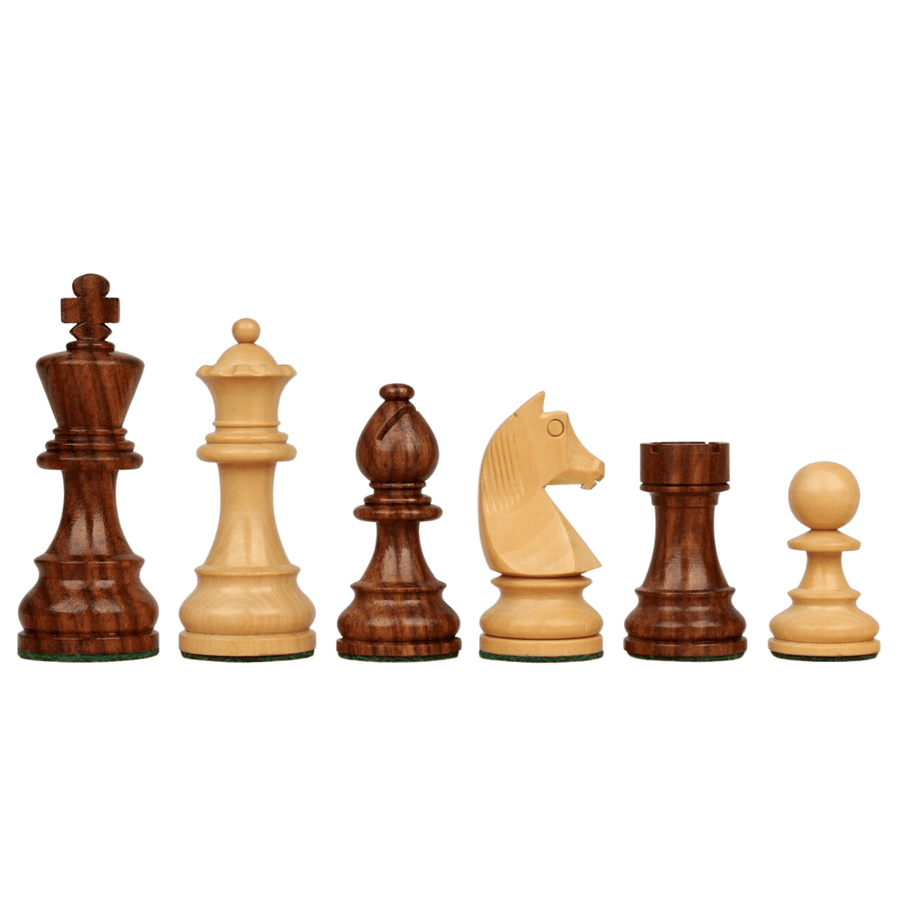
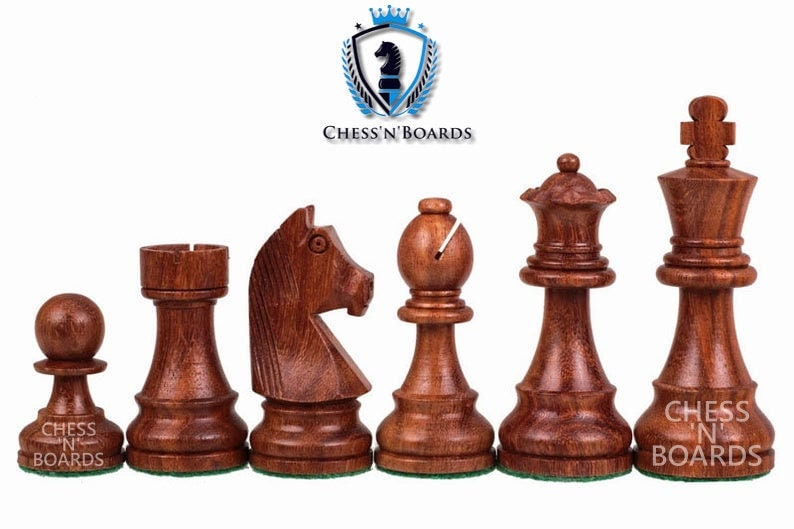
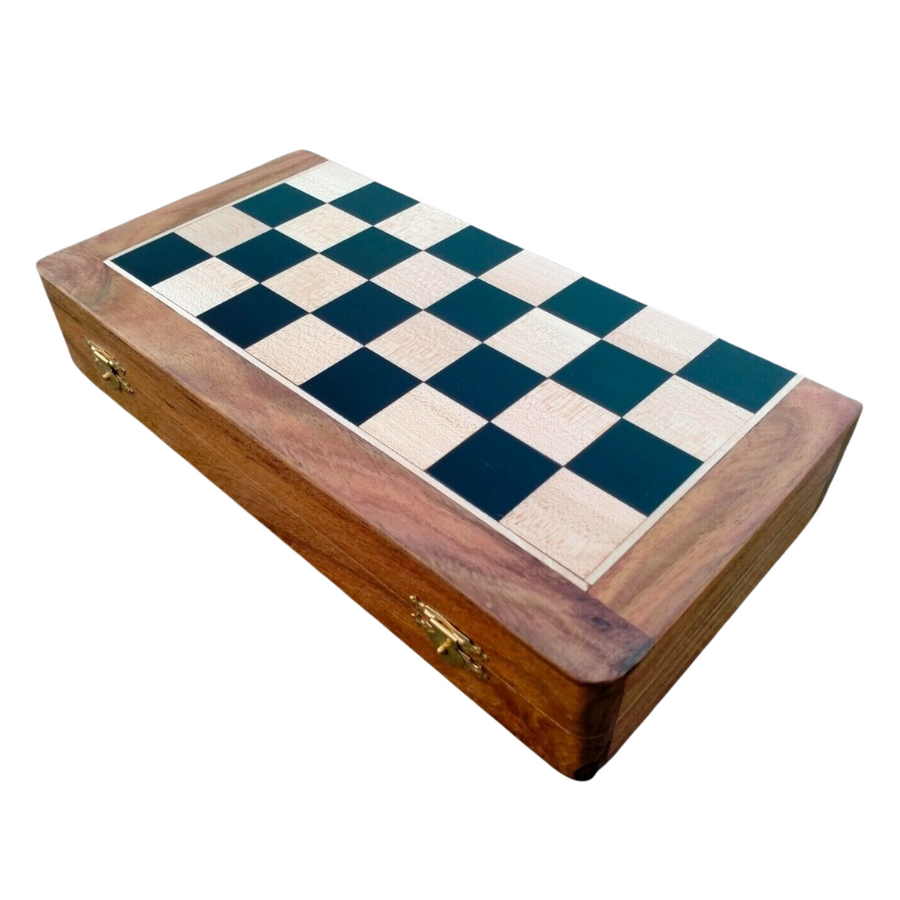
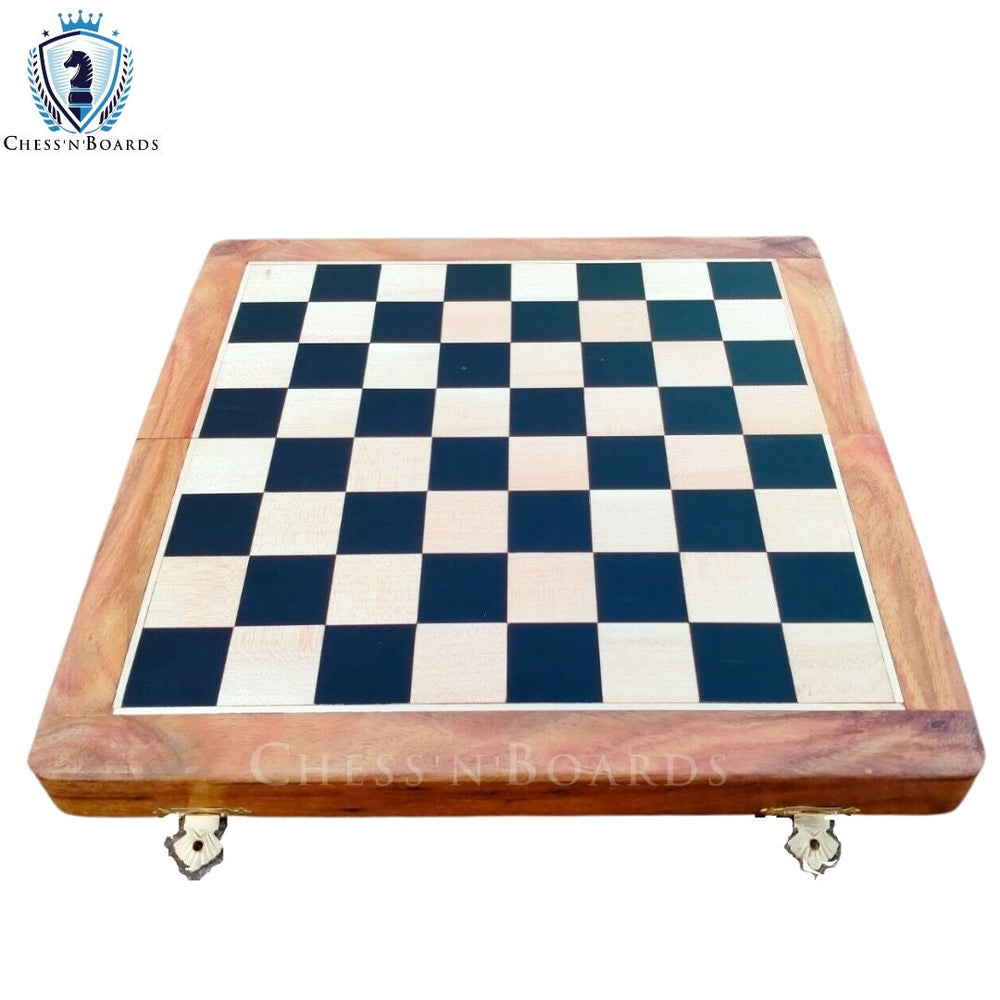
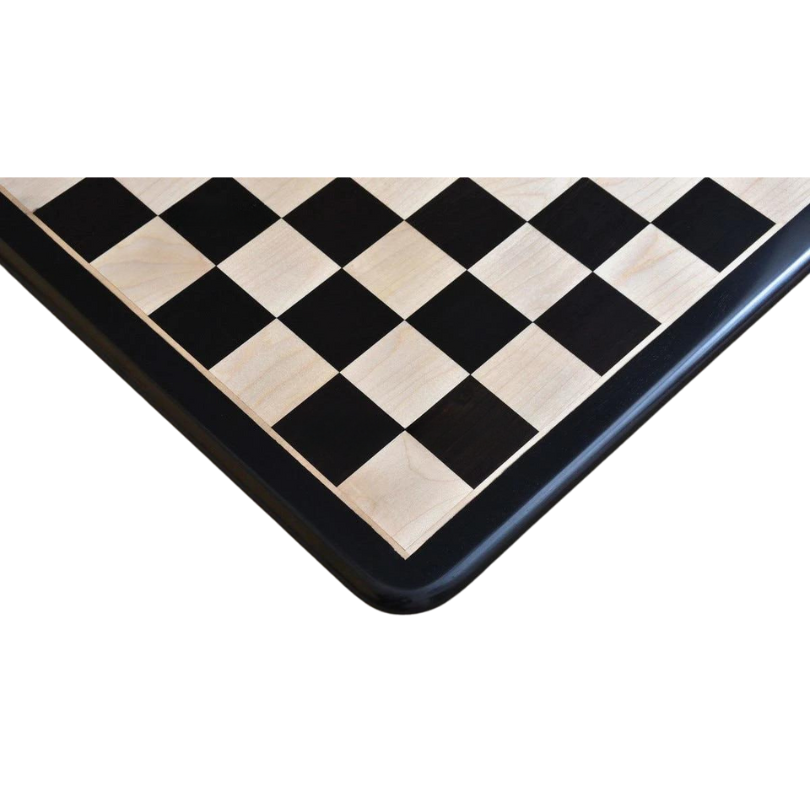
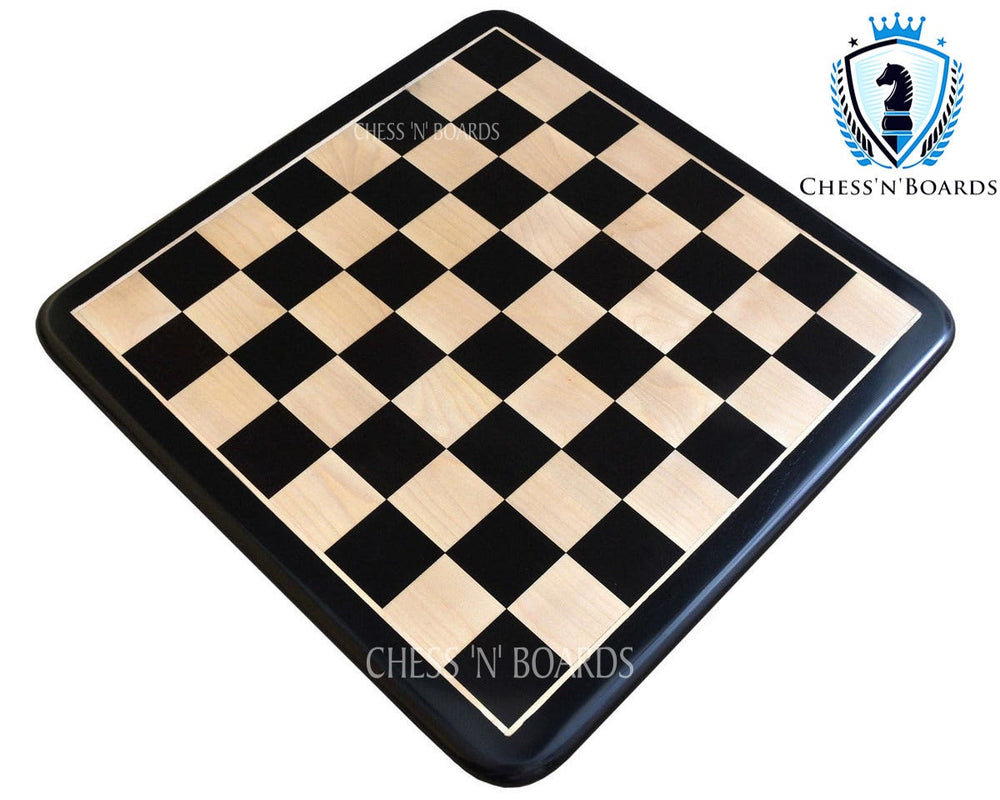
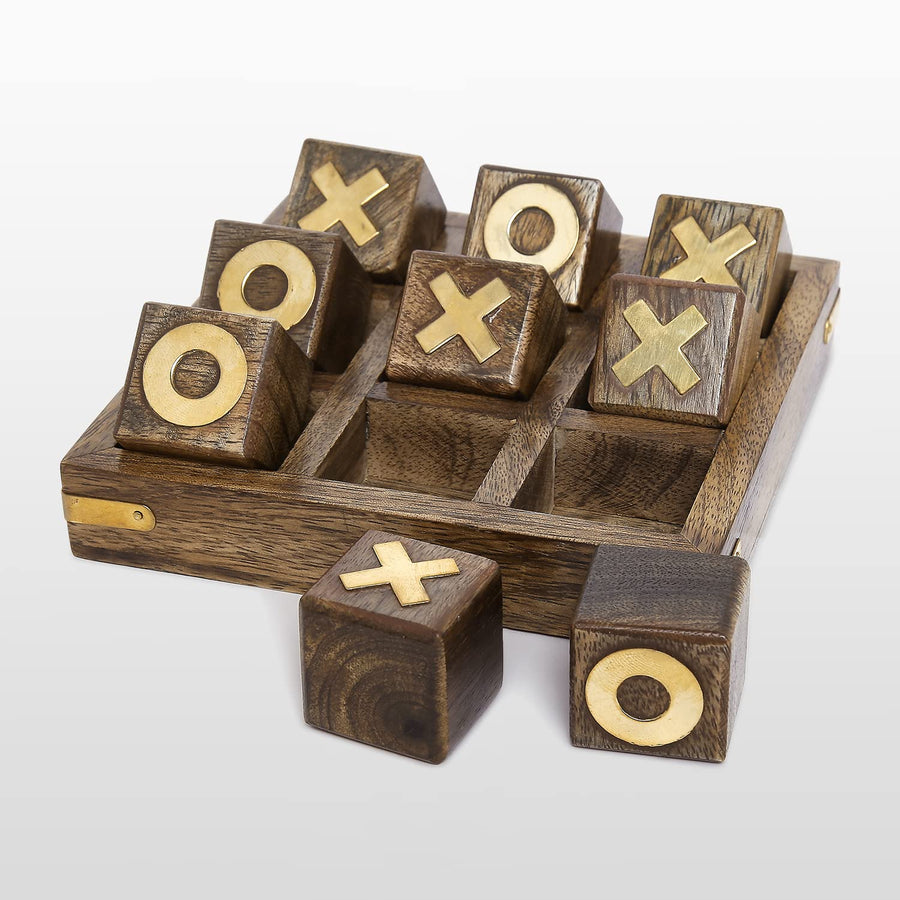
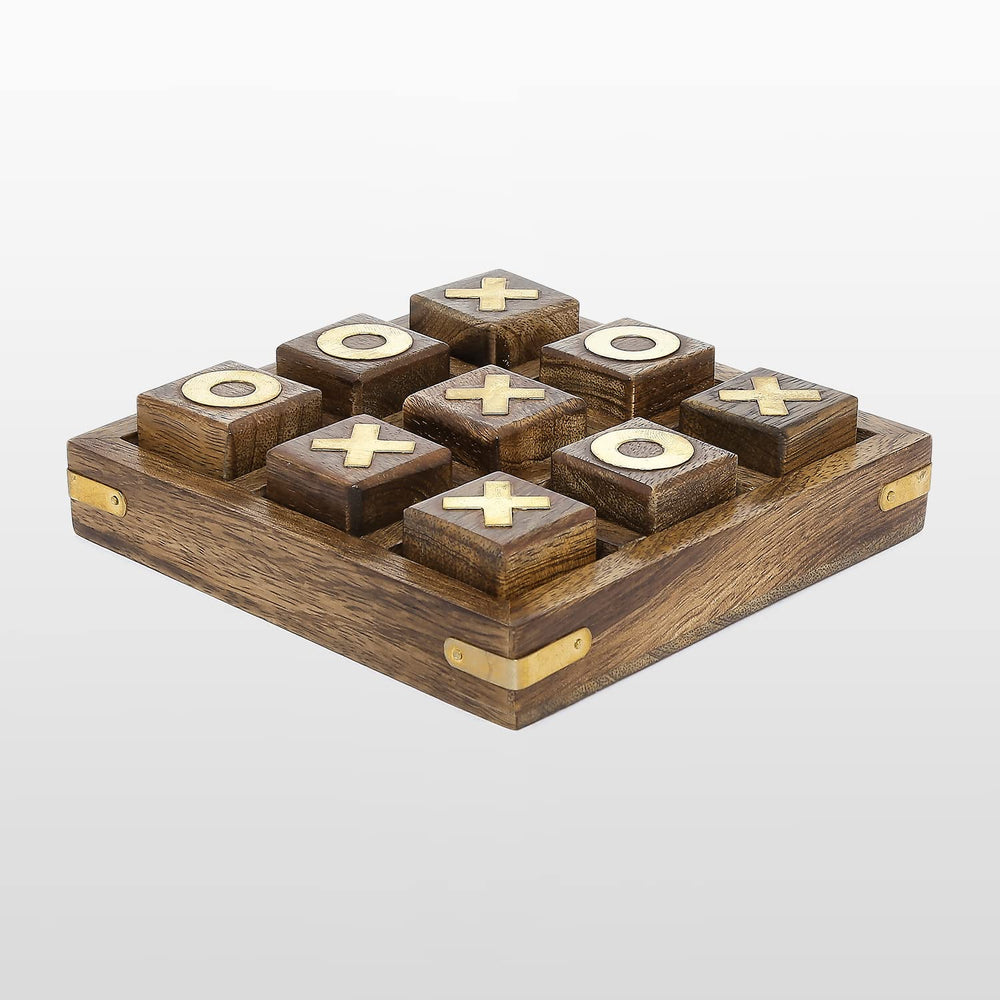
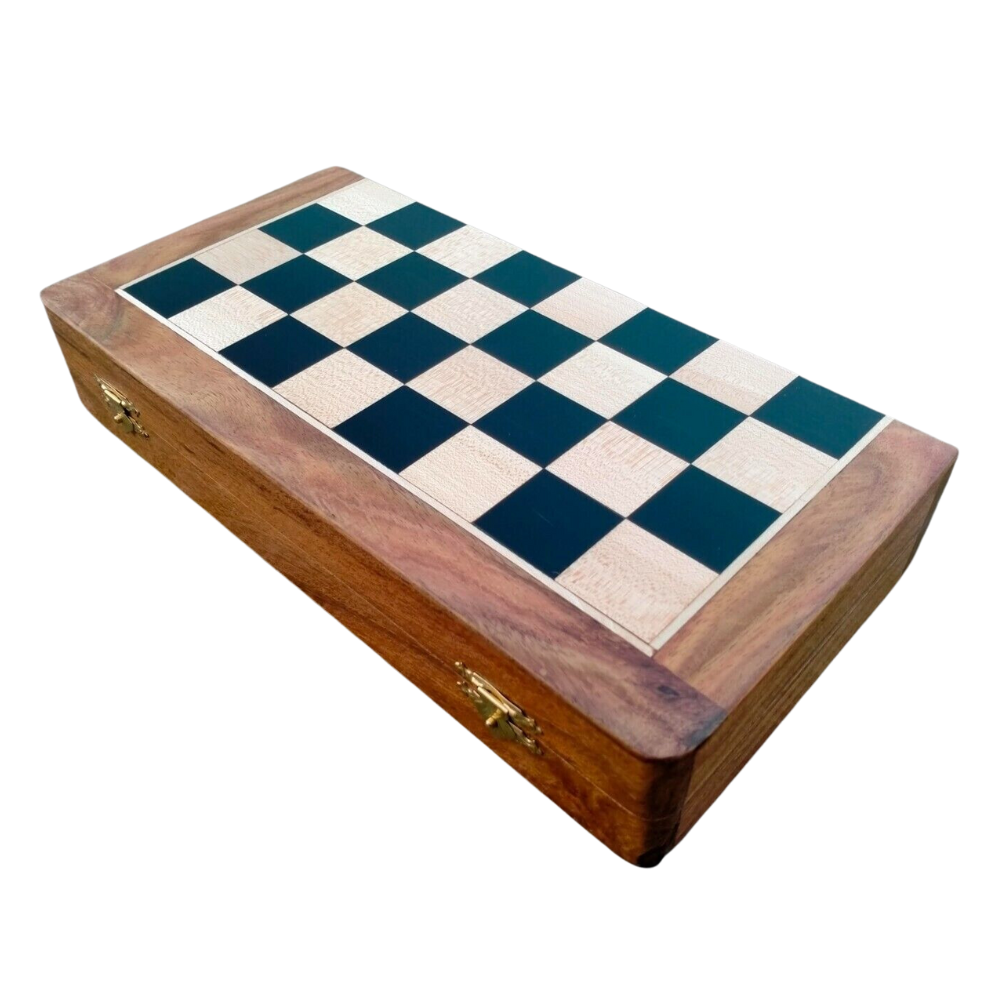
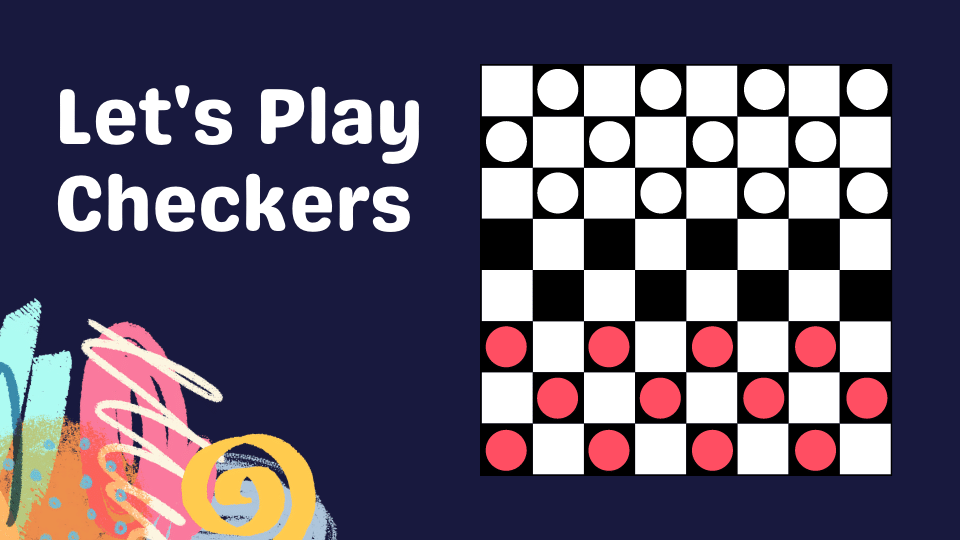
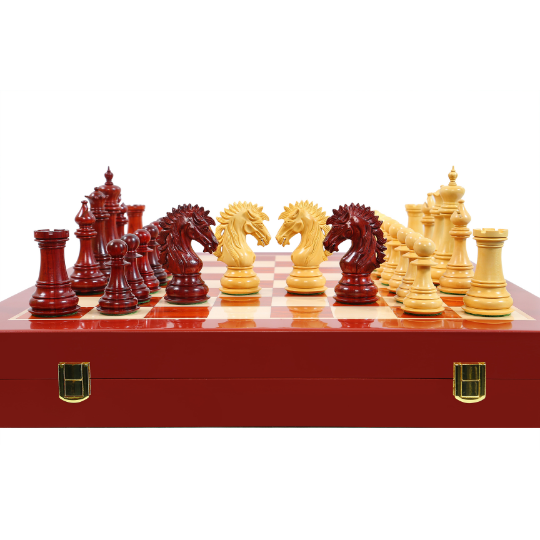
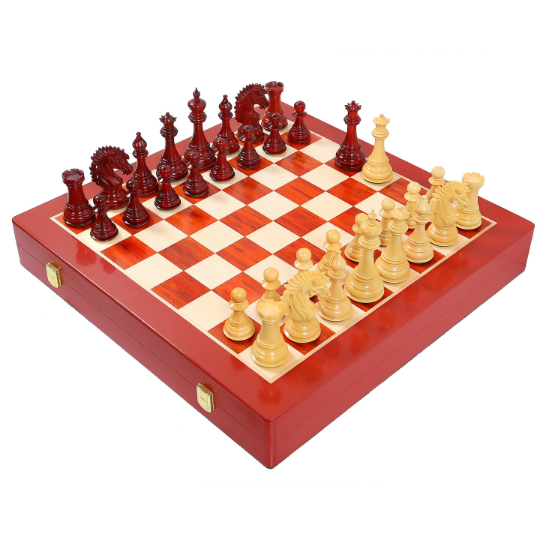
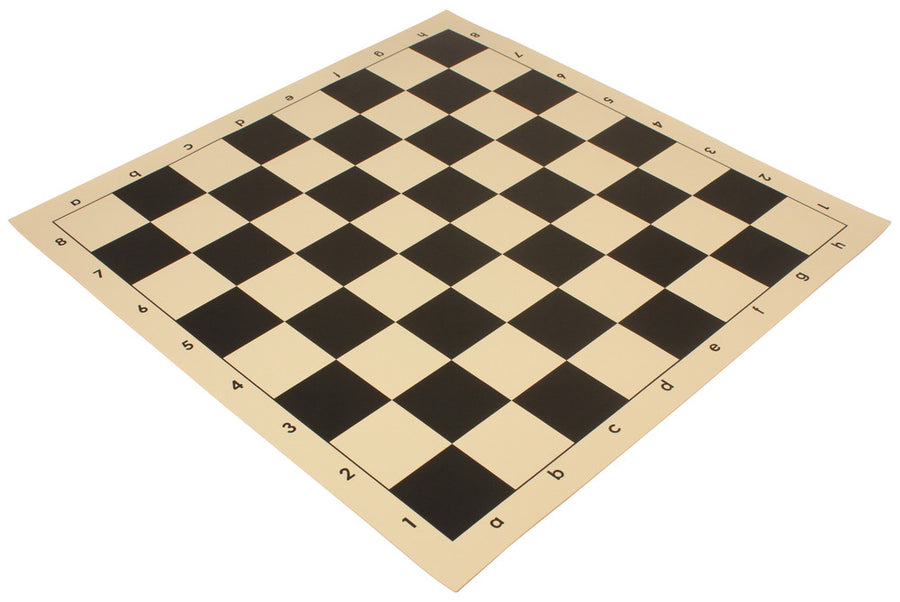
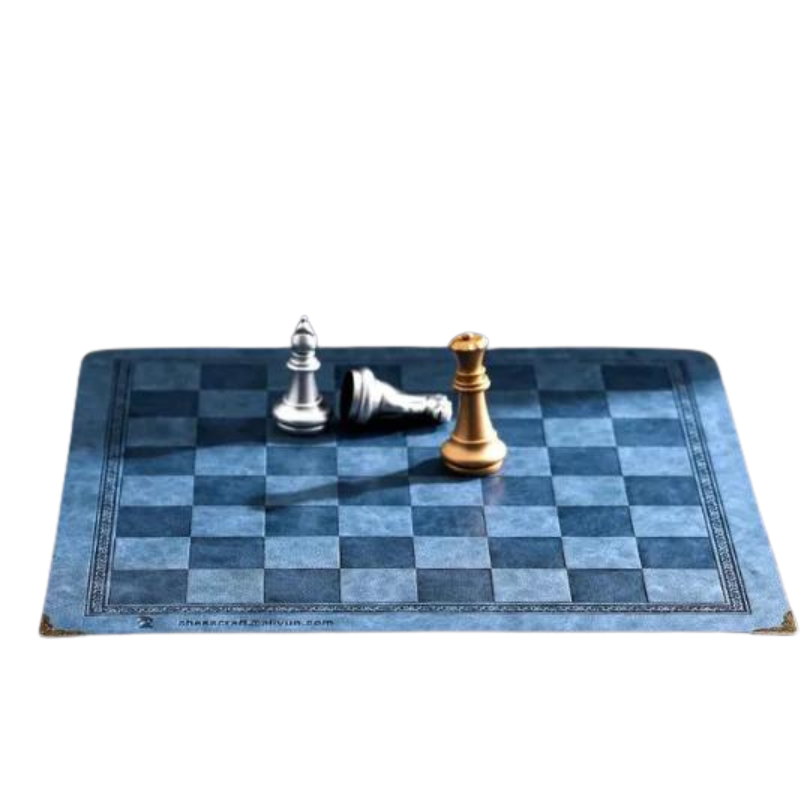
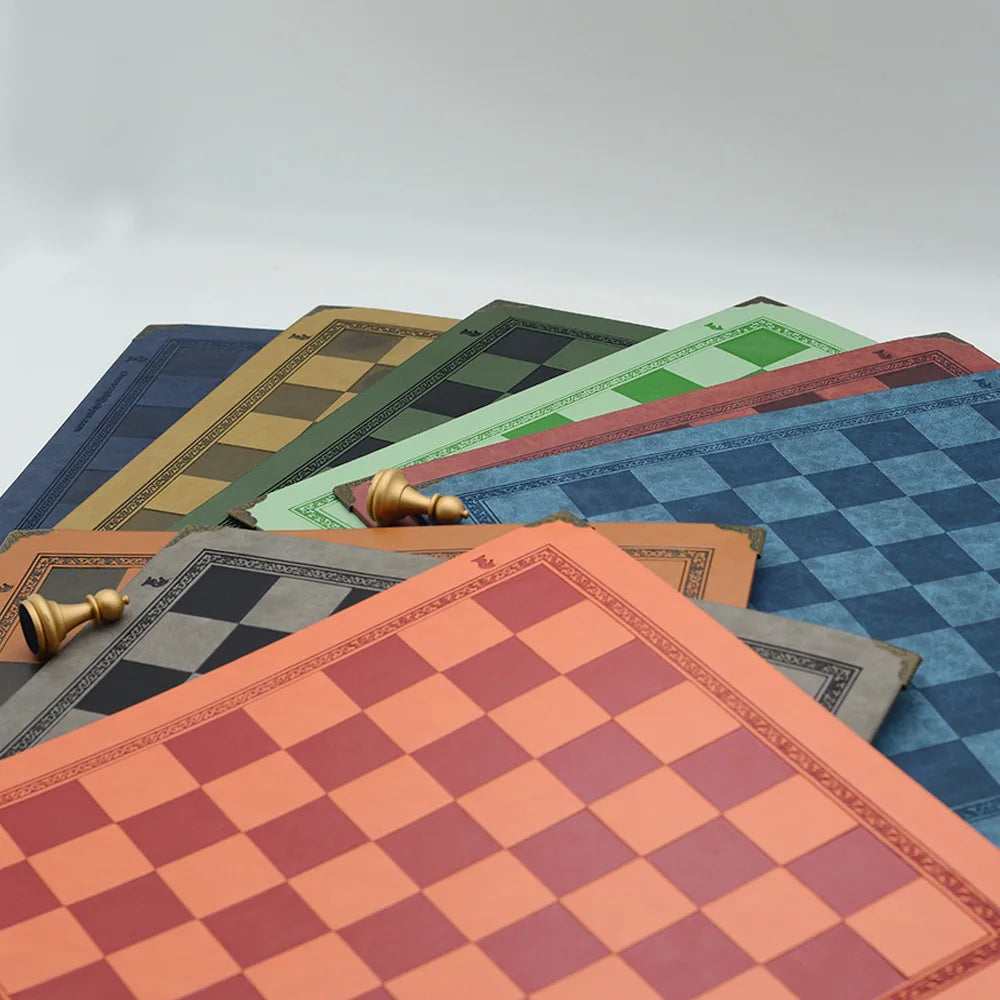
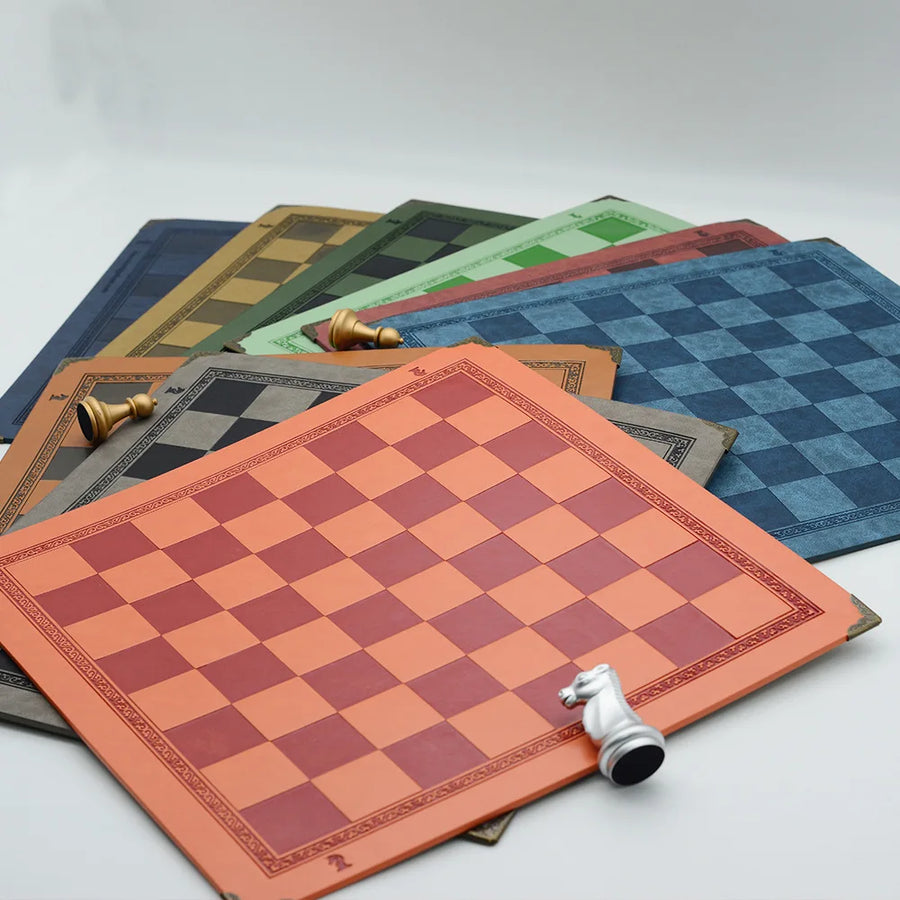
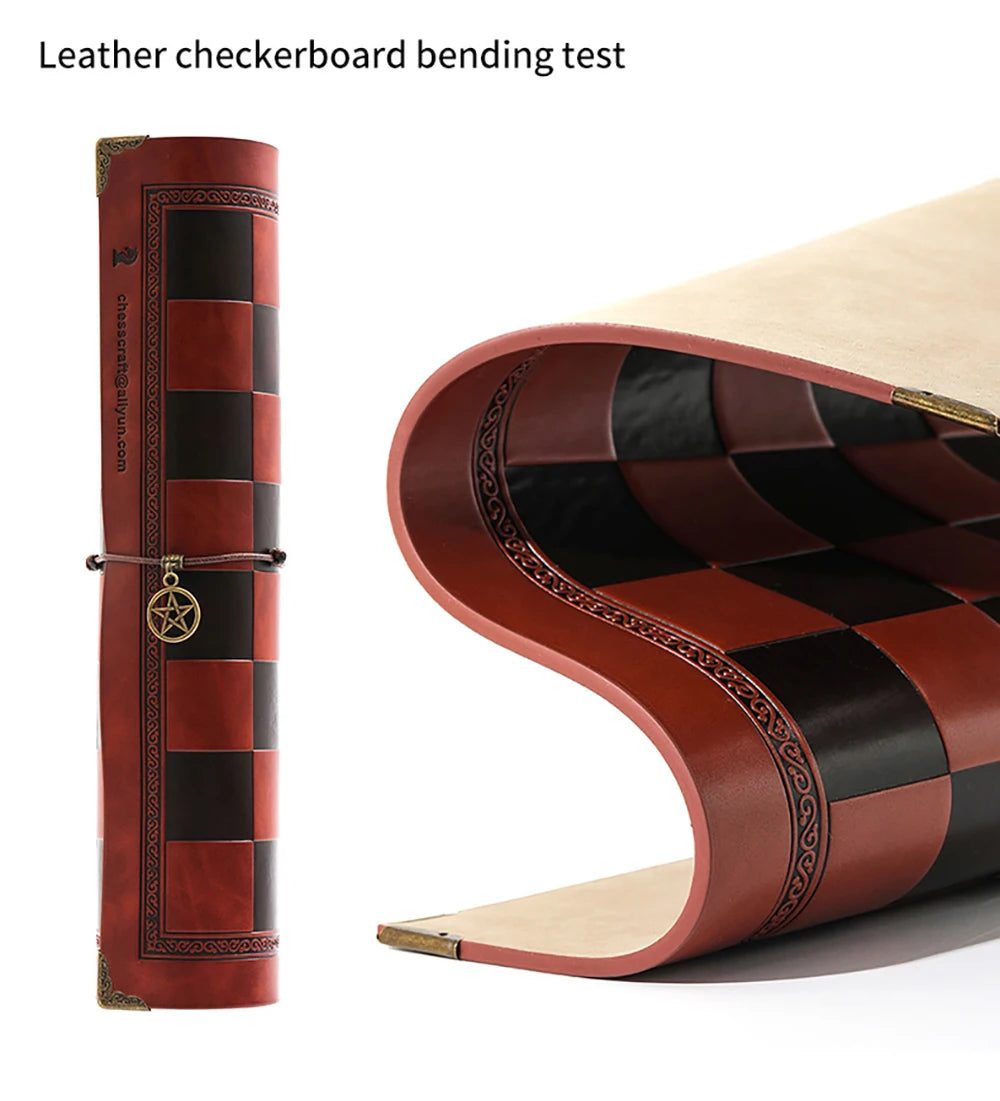
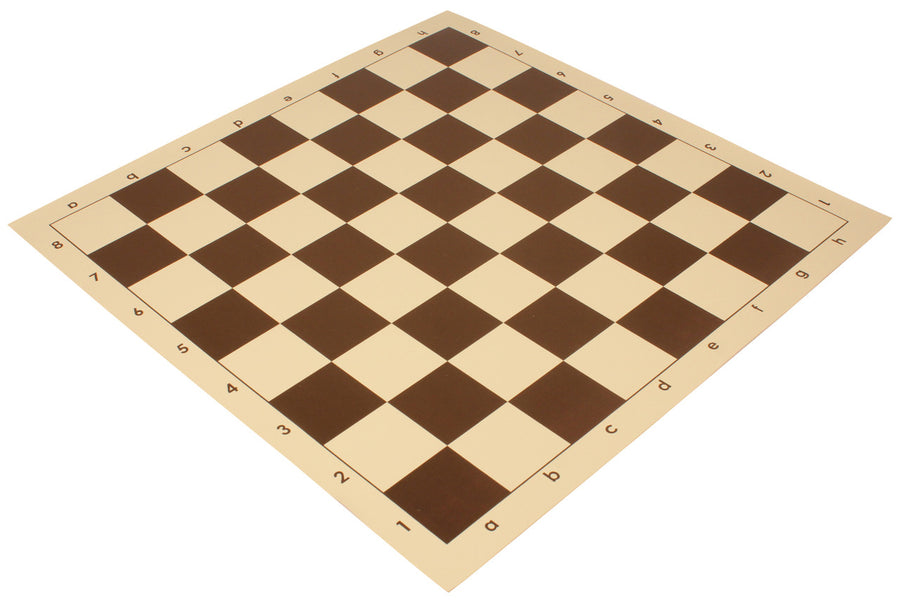
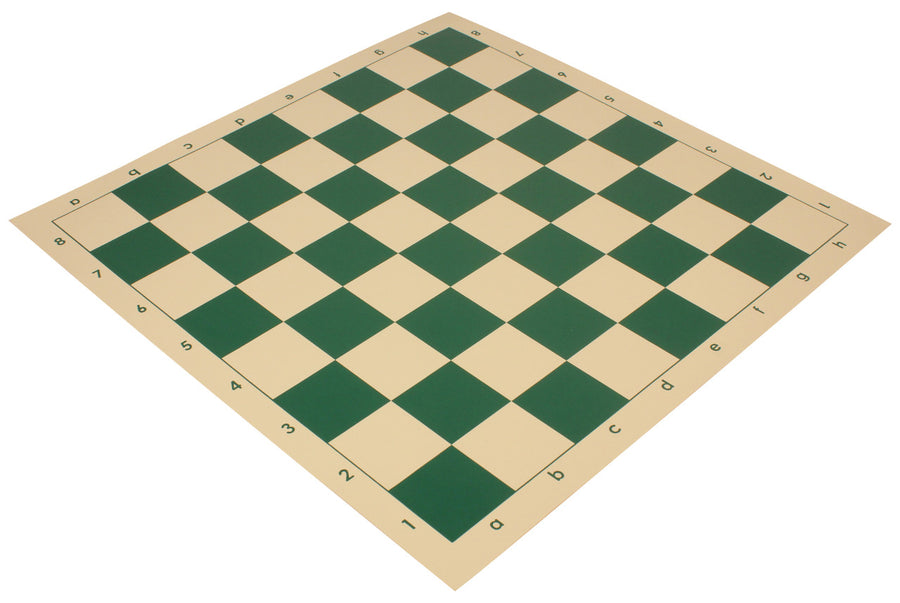
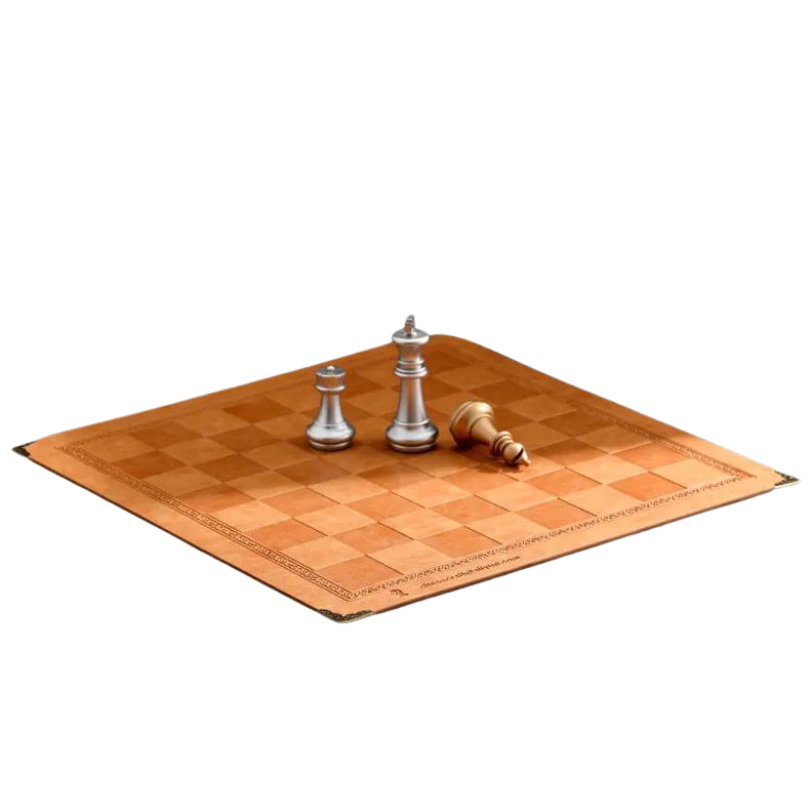
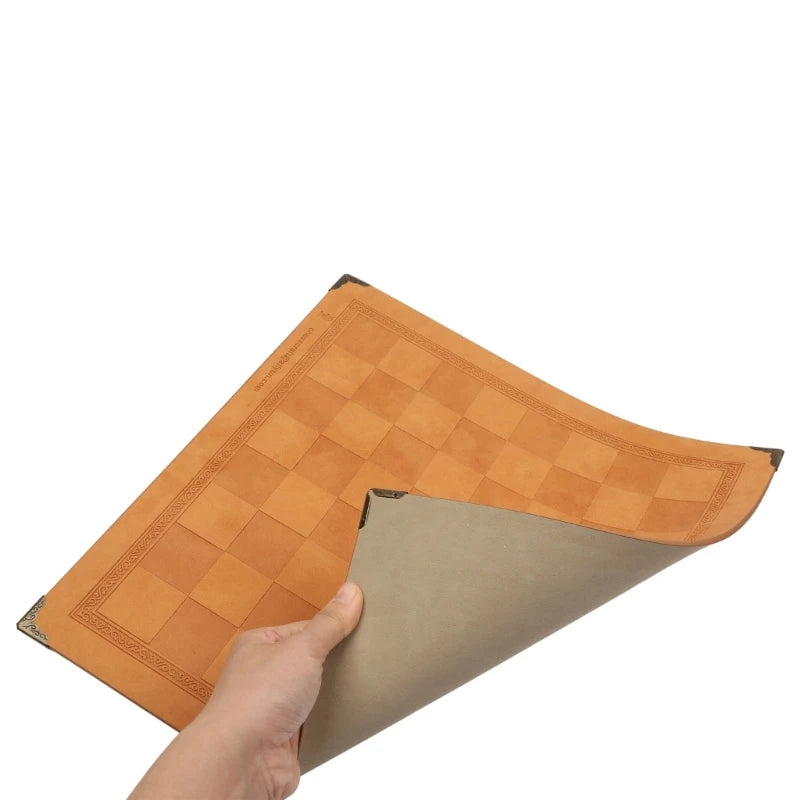
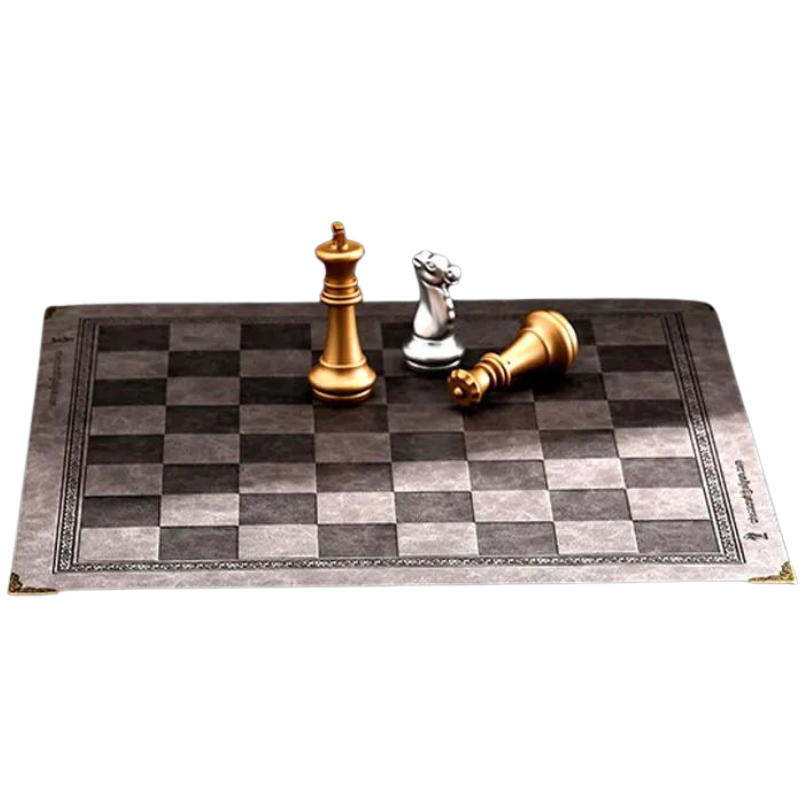
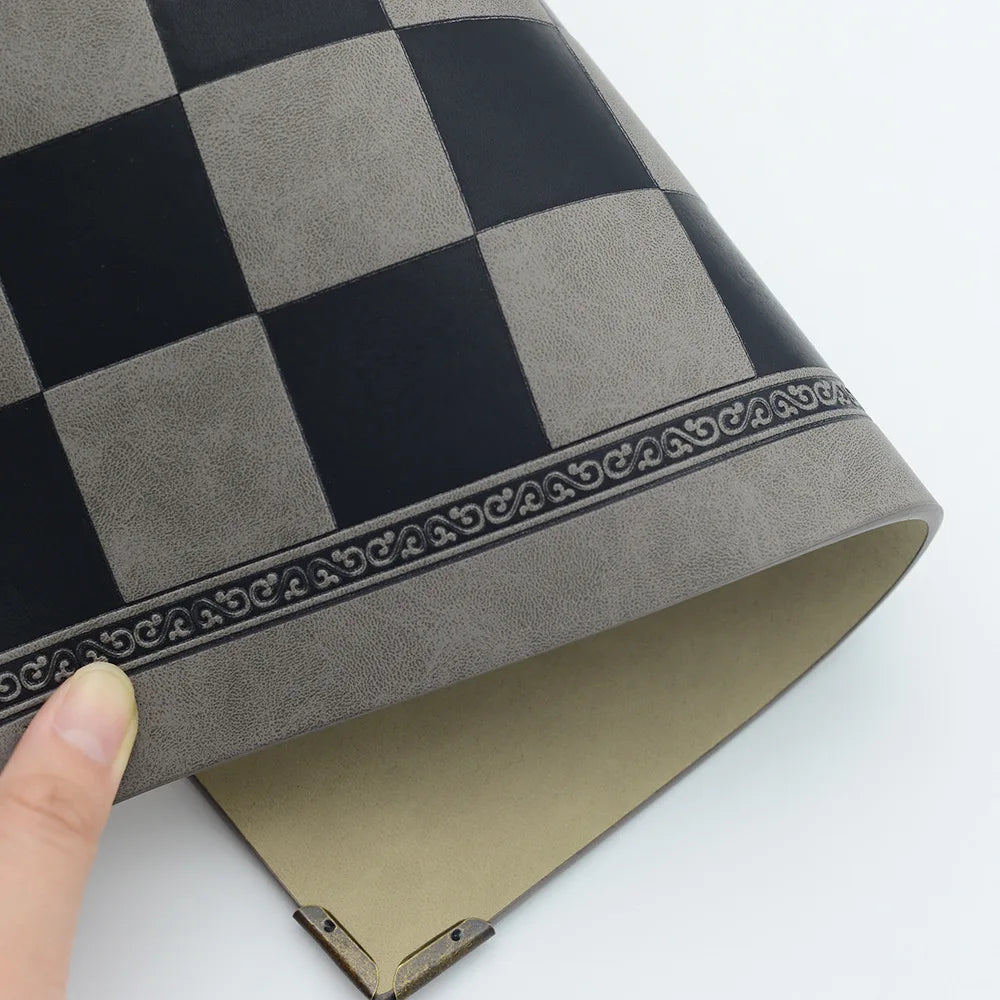












Leave a comment